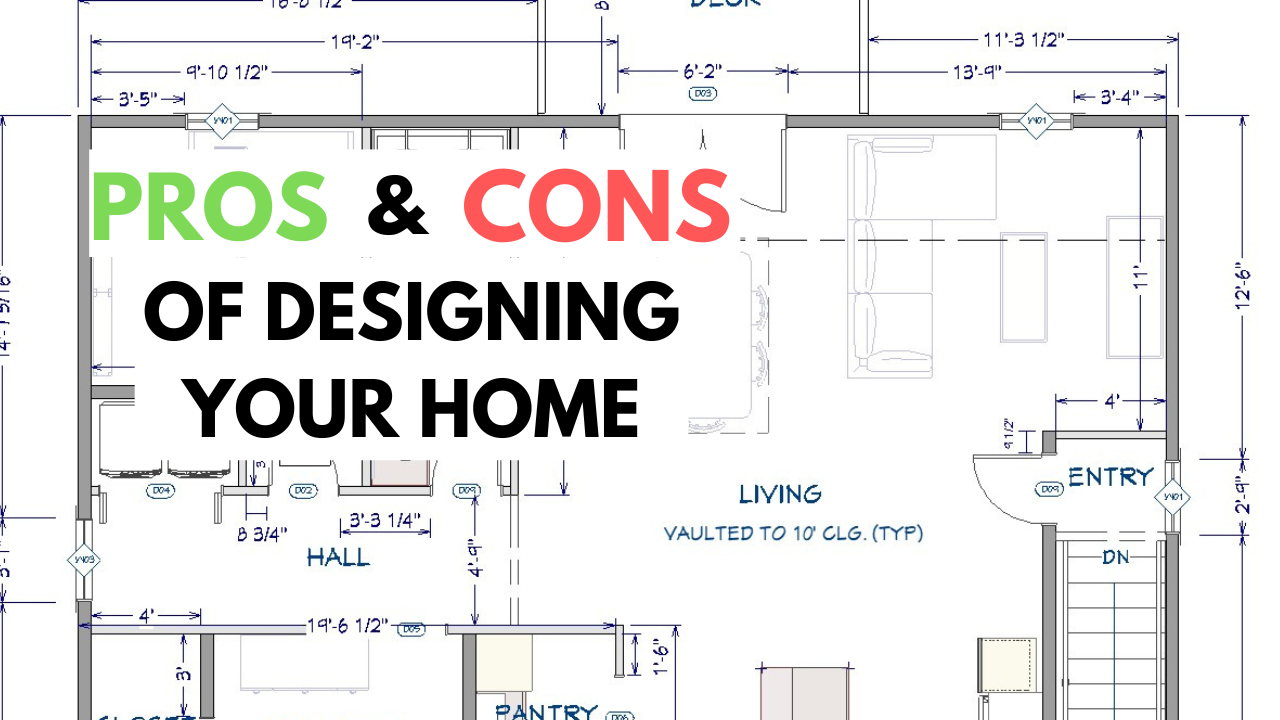Home Design Software
One of the most frequently asked questions we get asked is “What software did you use to design your home?” The short answer is Chief Architect Premier.. but the long answer is well…. long.
What is Chief Architect Premier?
Chief Architect is a comprehensive residential home design software. This tool makes the task of modeling a house digitally to create 2D construction drawings MUCH easier. It allows you to visualize the final product in 3D, complete with finishes and furniture. There are really only two good software packages for home design out there: Chief Architect, and SketchUp. Alex decided on Chief Architect due to the large user base and interactive forum, fantastic help videos and documentation, and a wide array of home customization options within the software. Honestly, either software would have worked just fine - it just so happened that we started designing while Alex was in grad school, and the full-featured version of Chief was free to students.
Why We Designed Our Home
1. To control the design
We wanted to have control over every single aspect of the design and know how every single stud and nail would go together. When we wanted a change, we didn’t have to call an architect. We were able to make those small changes on the spot ourselves.
The design visualization really helped us throughout the entire process. Being able to do virtual walkthroughs helped us figure out what would work best for us. You can’t get the same level of visualization by looking at a 2D plan or a couple of screenshots from a 3D model.
2. To save money
We were able to use the Chief Architect software for free. Alex used a student license version because he was in grad school at the time. The student license can only be used for non-commercial purposes. That being said, we still hired a Professional Engineer (PE) to review the plans. If you are not a professional in construction or civil engineering, you should definitely hire someone to review the plans. This ended up costing us $1,800. Even pre-made plans you find online need to be reviewed by a local design professional, because they typically do not include structural engineering details that vary widely with location (foundation anchorage, shear walls, etc.) This is especially true in special weather zones that are prone to earthquakes, high winds, wildfires, and flooding.
3. To learn
We both consider ourselves to be life-long learners. Alex knows that the skills and knowledge he has gained from designing our own home will be helpful in the future.
Eventually we plan to build a large shop/barn and a full-size house addition to the garage/ apartment build.
Knowing all of the details will also help us with GCing our build because we will be intimately involved with every part of the process. We will know what is “right” vs. “wrong.”
Alex has loved building and fixing things from a young age and learning how to draft is just another tool in his tool box!
Who knows, maybe 3D modeling will become a part-time side gig? 😅
3 Reasons Why You Shouldn’t Design Your Own Home
Funny enough, the same reasons why we’re telling you we designed the home are the same reasons why we'd suggest not designing your own home..
1. You are responsible for every aspect of the design.
When using Chief Architect to design your own home, you control every single detail. That’s everything from specifying the foundation detail to picking out the layout for your lighting. You need to know dimensions, material details, and how to use layers.
If you’re not someone who is technically minded or don’t have interest in learning all of the details, you’re probably better off leaving the nitty gritty details to an architect or buying plans that already have the details completed for you.
Even when you buy plans online, you can still hire someone such as an architect to make small design modifications for you.
The reality is, if you plan to hire a General Contractor (GC) to build your home, you really don’t need to know all of the tiny details such as specifying your wall stud placement.
2. You most likely will not save money.
Typically doing anything yourself means spending less money and more time; however, if you’re using a software such as Chief Architect, that may not be the case.
Chief Architect costs about $200 a month to rent or $3,000 to buy a license.
Any basic house plan that you buy online with all of the details already done for you will likely cost somewhere between $1,000-$2,500.
SO in the long run.. you’d probably save money by just buying a completed plan online.
The exception would be if you’re looking to buy a super custom home.. you’re probably looking at $8,000-20,000+ to hire an architect depending how complex your design is.
3. The learning curve can feel overwhelming.
If you don’t plan to continue building in your future, you really don’t need to know all of the skills that are required for 2D drawings and 3D modeling. You also probably don’t need to know all of the nitty gritty construction details.
For someone who’s not technically minded, all of the details would probably cause you more stress than what it’s worth in saving money.
Your time is probably better spent on learning a skill that can pay you in other ways that you’ll use for years to come.
Alex spent over 600 hours learning the Chief Architect software, learning construction details, and designing the home. Alex is a Mechanical Engineer and does design work in his day job. He enjoys drafting and all the tiny details that come along with it.
If you’re still on the fence about designing your own home, ask yourself these questions:
1. Do I have interest in learning the technical details?
2. Do I already have a basic knowledge of construction/ engineering design
3. Do I plan to design a fully custom home, and if so, can I afford an architect?
4. Do I have the time to invest into learning all of the construction details & software?
5. Is there a plan online that will fit my needs? (maybe with requiring a few small changes?
6. Do I plan to use the skills I learn in the future?
We hope that this article helps you decide what is best for you and your situation. There is no right or wrong, it’s just a matter of time, money and interest!
Check out the full YouTube video below ⬇️





